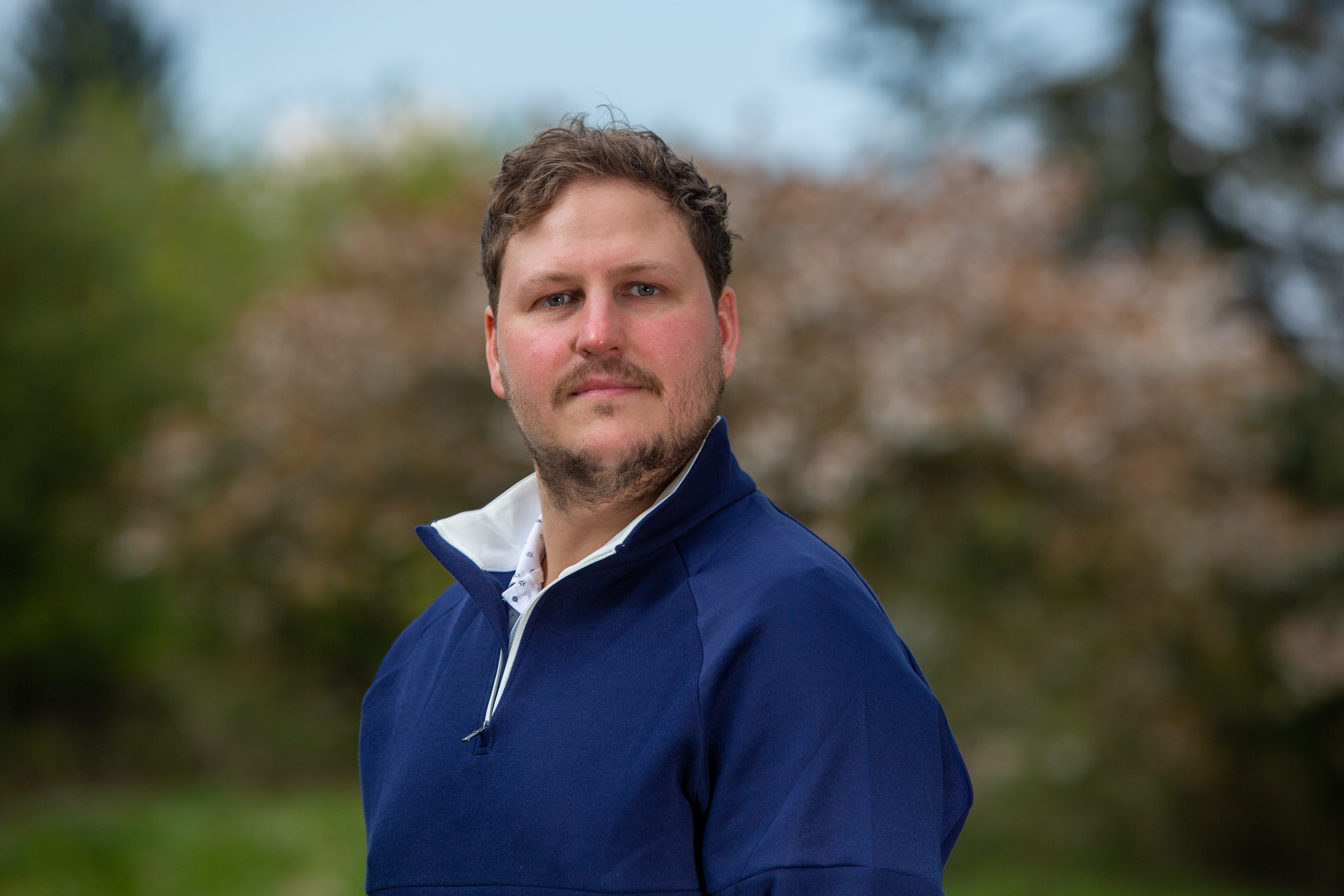'Some Mollycoddled Pros Will Fail The US Open's Mental Test Before A Ball Is Struck By Bemoaning The Challenge And Lambasting The USGA'
Every year when the US Open rolls around, some professional golfers take umbrage at the USGA’s course set-up. It promises to be the same this week at Oakmont…


Every year, I feel like banging my head against a brick wall when images of balls disappearing into thick rough are posted on social media, because I know what it’ll lead to.
It’s like groundhog day every US Open: chatter about how tough it’s going to be in the lead-up, videos of balls disappearing, journalists asking questions about the set-up, players saying the course is ‘on the edge’, the USGA reaffirming its desire to defend par, other players saying they’ve ‘lost the course’ and online debate about whether it’s what golf fans want to watch or not.
I personally love seeing the soap opera unfold almost as much as I love watching the tournament itself, which is generally my second favourite of the year (after The Masters).
Each US Open, I find it surprising that everyone manages to complete either 36 or 72 holes with all the toys strewn across the fairways.
Is the US Open extremely difficult? Yes. Does it sometimes get close to the edge? Yes. But how can something possibly be unfair if it’s the same for everyone?
To be clear, I do think some of the pin placements can be a bit ridiculous when they’re put near severe slopes, but it’s supposed to be the most exacting mental test in professional golf.
Those who accept the difficulty and take bad breaks in their stride will be far more likely to succeed, as opposed to those who waste their energy complaining about how the USGA sets up its golf courses at the third Major of the year.
Subscribe to the Golf Monthly newsletter to stay up to date with all the latest tour news, equipment news, reviews, head-to-heads and buyer’s guides from our team of experienced experts.
I’m sure there will also be plenty of chatter about the par-3 8th at Oakmont, which is going to play in excess of 280 yards. I don’t generally like long par 3s and this seems a bit excessive, but in the original architect notes, the hole was designed to require a 3-wood. Most modern tour pros hit their 3-wood in the region of 280-320 yards.
In the last ten US Opens, an over-par score has won the championship on just one occasion – Brooks Koepka shot +1 to take the title at Shinnecock Hills in 2018. In that span, the winning score has been -10 or better three times and the victor has shot between -6 and -13 on seven occasions.

The rough at Oakmont is five inches thick
A different approach to normal
I personally can’t wait to see the pros take on the challenge of Oakmont, one of the best and most historic golf courses in the USA, and I’m looking forward to seeing how they deal with the thickest rough they’ll likely face all year.
So many PGA Tour events these days fall into the bomb-and-gouge category. Rough generally isn’t very thick – although some events, like the recent Memorial Tournament, buck this trend – and fairway bunkers tend to present little challenge.
Even par 4s in the 480- to 500-yard range are often reduced to a driver and a short-iron or wedge, with players not deterred by the prospect of missing the fairway.
At the US Open, it’s something players simply cannot do. Instead of reaching for driver as a matter of course, they’ll have to pick a club that gives them the best chance of finding the short grass, even if this results in a longer second shot.
But Okamont is also a long golf course – there are seven par 4s in excess of 450 yards – which presents another strategic dilemma. Is it better to have a 200-yard approach from the fairway to a tricky, firm green or 120 yards from the rough?
This is what the players will need to work out, but a lot of them will fall at the first hurdle. Many will fail the mental test before a ball is struck by bemoaning the challenge of the golf course and lambasting the USGA for its lack of altruism.
It happens each year and it’s grimly predictable. Many top-tier professional golfers these days expect to get what they want and reside somewhere between pampered and entitled.
I thoroughly enjoyed reading Brooks Koepka’s quotes back in 2019, when he said:
“The Majors are, I don't want to say easier, but I feel they kind of are. If it's tough, certain guys are going to throw themselves out. That's what I love about going to a Major. Half the guys you've already beat by the time you've stepped on the first tee.”
While Scottie Scheffler is the favourite, who will lift the US Open trophy is anyone’s guess. But one thing’s for sure: it’ll be someone who applies themself to the task at hand and refuses to get swept up in the difficulty debate.

Nick Bonfield joined Golf Monthly in 2012 after graduating from Exeter University and earning an NCTJ-accredited journalism diploma from News Associates in Wimbledon. He is responsible for managing production of the magazine, sub-editing, writing, commissioning and coordinating all features across print and online. Most of his online work is opinion-based and typically centres around the Majors and significant events in the global golfing calendar. Nick has been an avid golf fan since the age of ten and became obsessed with the professional game after watching Mike Weir and Shaun Micheel win The Masters and PGA Championship respectively in 2003. In his time with Golf Monthly, he's interviewed the likes of Rory McIlroy, Justin Rose, Jose Maria Olazabal, Henrik Stenson, Padraig Harrington, Lee Westwood and Billy Horschel and has ghost-written columns for Westwood, Wayne Riley, Matthew Southgate, Chris Wood and Eddie Pepperell. Nick is a 12-handicap golfer and his favourite courses include Old Head, Sunningdale New, Penha Longha, Valderrama and Bearwood Lakes. If you have a feature pitch for Nick, please email nick.bonfield@futurenet.com with 'Pitch' in the subject line. Nick is currently playing: Driver: TaylorMade M1 Fairway wood: TaylorMade RBZ Stage 2 Hybrid: Ping Crossover Irons (4-9): Nike Vapor Speed Wedges: Cleveland CBX Full Face, 56˚, Titleist Vokey SM4, 60˚ Putter: testing in progress! Ball: TaylorMade TP5x
You must confirm your public display name before commenting
Please logout and then login again, you will then be prompted to enter your display name.